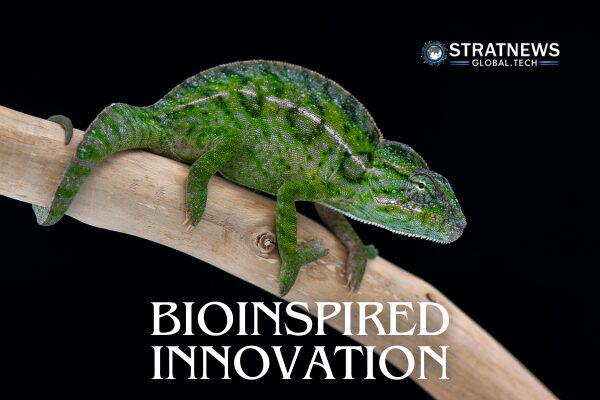Salamanders and Chameleons Inspire New Engineering Innovations
A recent study from the University of South Florida has uncovered that salamanders and chameleons, though distantly related, share a remarkable tongue mechanism. This discovery could pave the way for new developments in engineering and robotics inspired by nature’s designs.
The Science Behind Ballistic Tongue Projection
The research, led by postdoctoral researcher Yu Zeng and Professor Stephen Deban, was published in Current Biology. It reveals that both species use a “ballistic” tongue-firing system capable of reaching speeds of up to 16 feet per second.
“They can shoot their tongues completely out of their body, connected only by a muscular tether,” Zeng explained. “Then they can quickly strike prey and retract it into their mouths within a second.”
This extraordinary system relies on the coordinated action of tissues, tendons, and bones. The process works much like a slingshot, allowing these animals to capture prey with impressive precision and speed.
Nature’s Design Inspiring Technology
The study highlights how such natural mechanics can inspire innovations in engineering. Because the system can be scaled using flexible materials, it holds potential for a wide range of applications — from medicine to robotics and even space missions.
Zeng described bio-inspiration as learning and applying the principles perfected by evolution. “Bio-inspiration is to learn the principles that nature has fine-tuned, scale those principles, and make them into a product that can solve real-world problems,” he said.
Future Applications and Research Directions
Possible applications include devices designed to remove blood clots, retrieve objects from collapsed structures, or capture debris floating in orbit. The researchers plan to expand their work by studying the mechanics behind tongue retraction and collaborating with engineers to design prototypes.
Their aim is to translate these biological insights into practical tools for use in biomedical, robotic, and rescue operations. The research not only deepens understanding of animal biology but also bridges it with cutting-edge technology.
with inputs from Reuters


